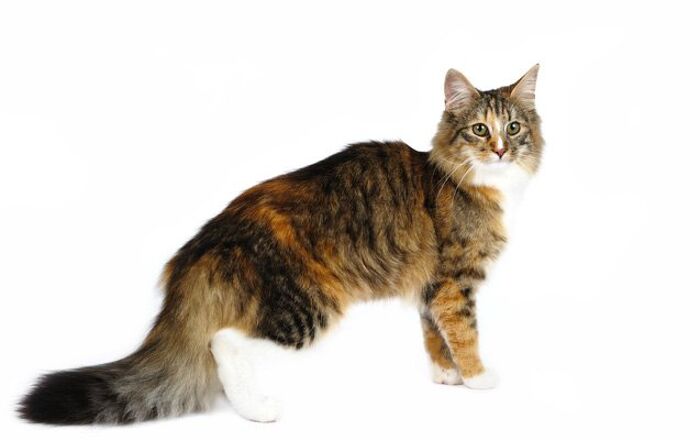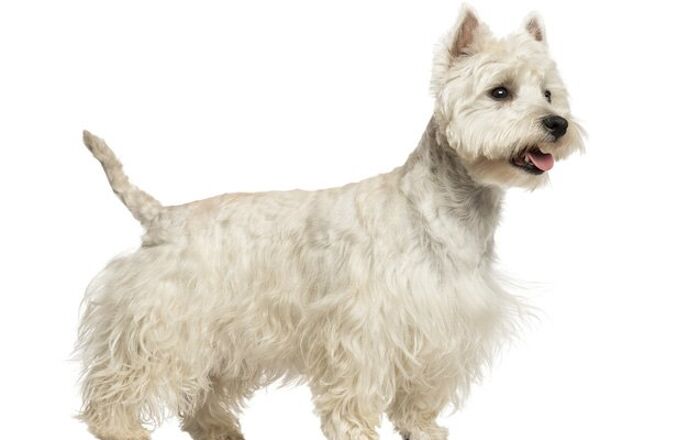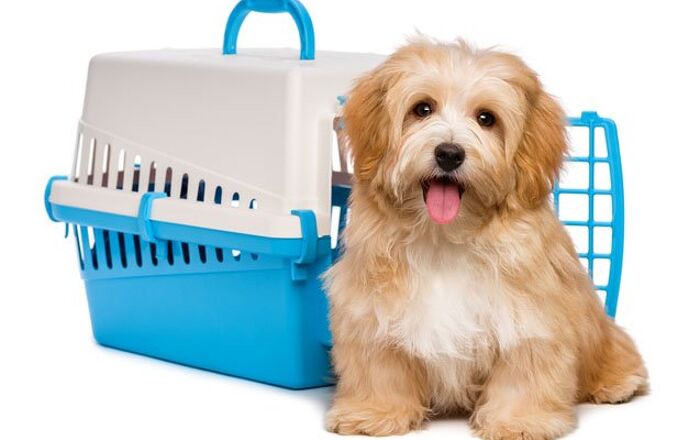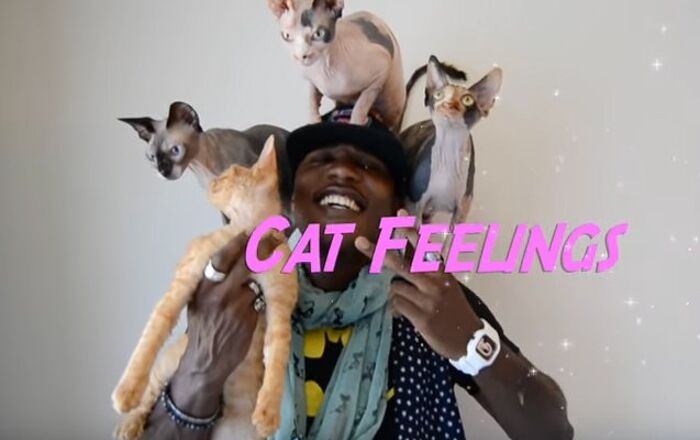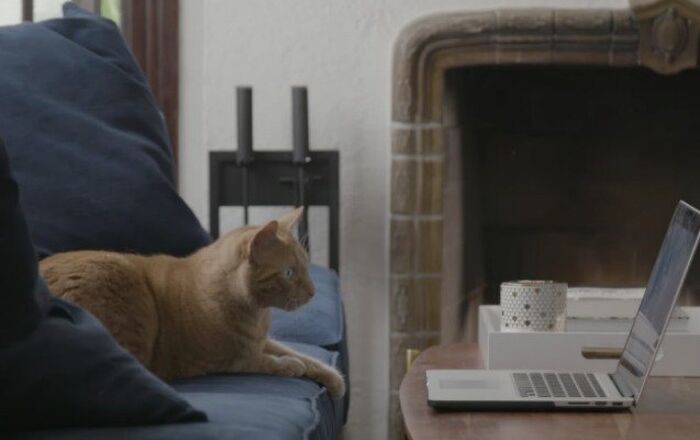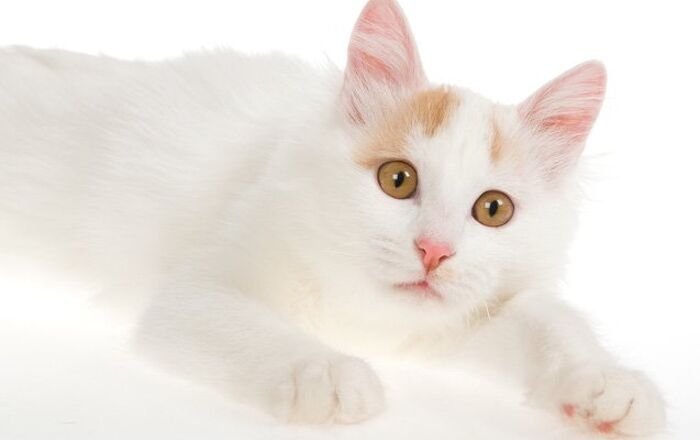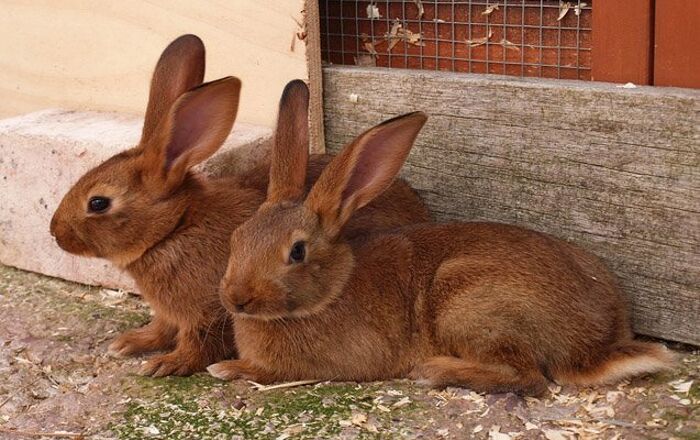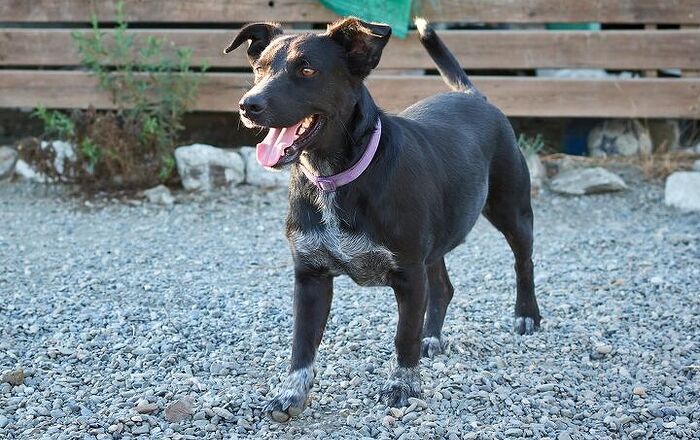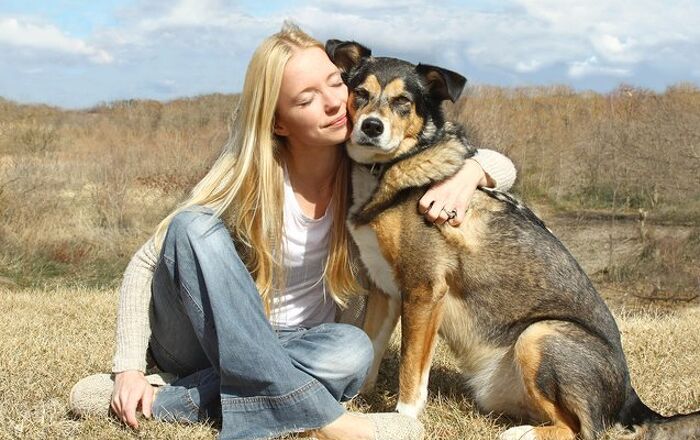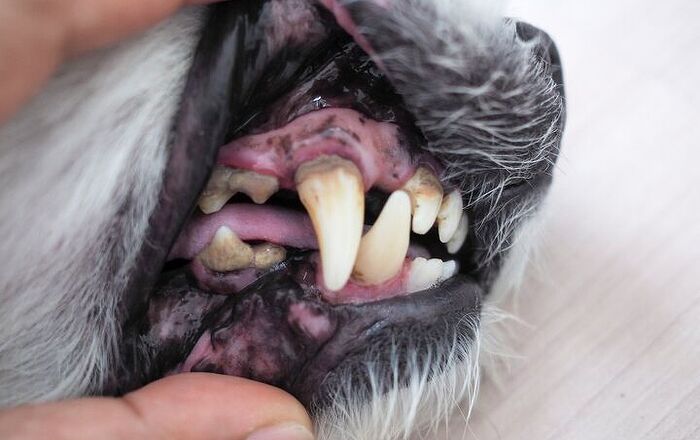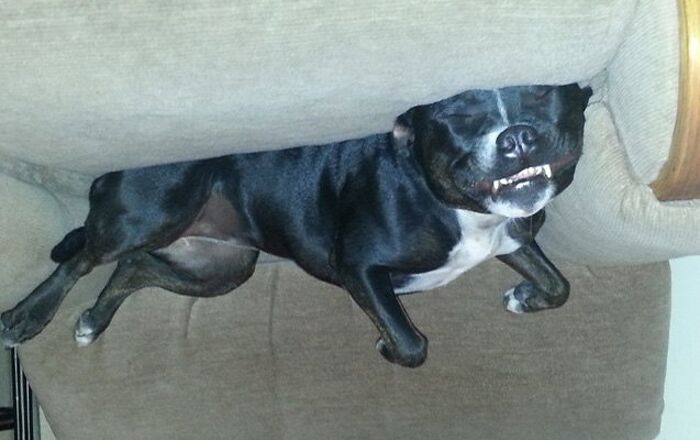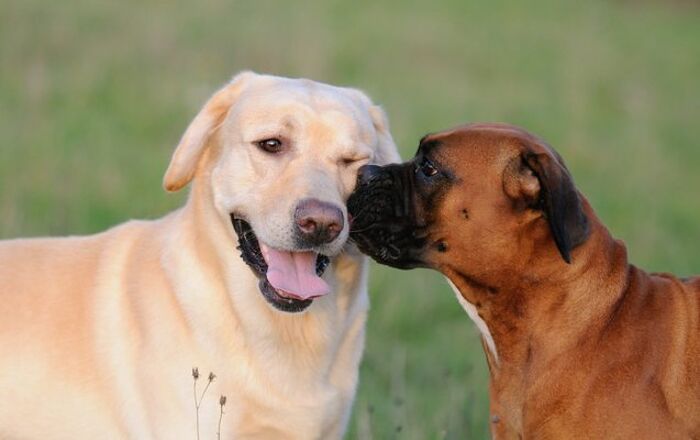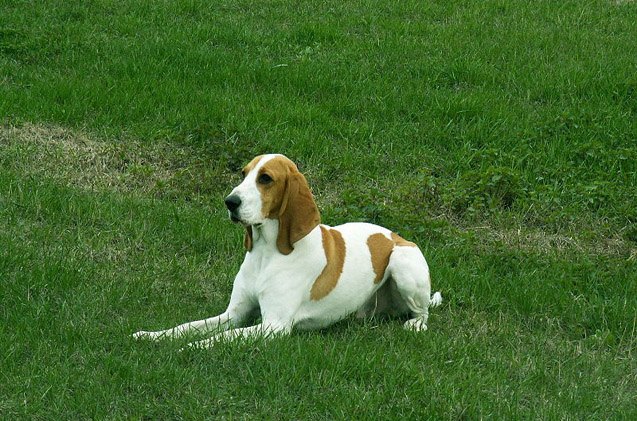
Schweizer Laufhund Basics
Similar in appearance to the Bloodhound, the Schweizer Laufhund is a Swedish breed that was used in the development of numerous scent hounds. Technically speaking, there are four different types of Schweizer Laufhund but they are all grouped under the same name for registration purposes. Developing as a hunting dog, this breed is rarely kept as a family pet. Even so, he’s friendly, affectionate, and gentle in the home environment.
The Schweizer Laufhund is a Swedish breed that was used in the development of numerous scent hounds.
Origin
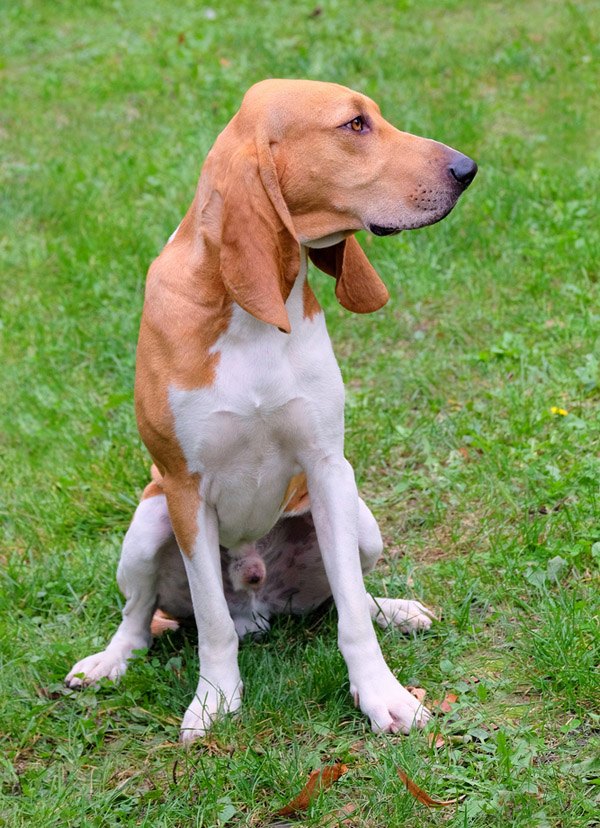
Native to Switzerland, the Schweizer Laufhund is an ancient breed. There are several variations on the breed which developed over the years and most organizations recognize them as such – they generally don’t recognize the varieties as separate breeds. The four varieties of Schweizer Laufhund are the Bernese Hound, the Lucernese Hound, the Bruno Jura Hound, and the Schwyz Hound. There is a fifth type, the Thurgovian Hound, but it is now extinct. In Switzerland, a land where numerous languages are spoken, each of the Schweizer Laufhund varieties has a number of names.
The exact origins of the Schweizer Laufhund are unknown but it is an old breed, developed before written records were kept for dog breeding. Some suggest that the origins of the breed date back to Roman times, though they didn’t really become popular until the Middle Ages when they became favored by European nobility. The Schweizer Laufhund wasn’t pedigreed until 1880 and it was recognized by the FCI in 1933. It has not yet been recognized by the AKC.
Pedigree
The Schweizer Laufhund was developed from ancient Roman hounds.
Food/Diet
As a medium-sized dog, the Schweizer Laufhund should be fed a high-quality dry food formulated for adult dogs. Because this breed was developed specifically for hunting, however, he may do well on an active or working breed formula.
Native to Switzerland, the Schweizer Laufhund is an ancient breed.
Training
The Schweizer Laufhund is an intelligent breed that generally responds well to training. These dogs have the typical hound mentality, so they can sometimes be a little stubborn or independent. This breed is not hard-headed, but he does best with an owner who is experienced with dogs and who can maintain a firm hand in leadership. This breed should be started with socialization and training from a young age.
Weight
The Schweizer Laufhund is a medium-sized dog, standing between 18.5 and 24 inches tall and weighing 30 to 45 pounds at maturity. Females of the breed tend to be a little shorter than males, though both are very similar in bodyweight.
Temperament/Behavior
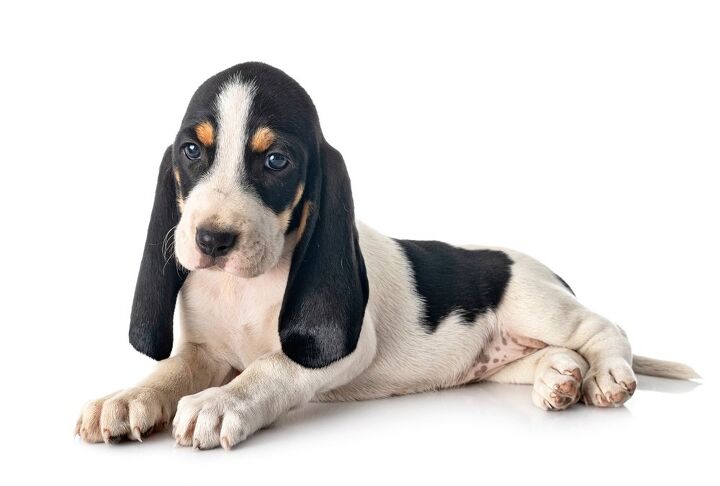
The Schweizer Laufhund has been bred almost exclusively for hunting for many years, though it does have potential as a family pet. These dogs have the typical scent hound temperament which is affectionate, friendly, and gentle. This breed is great with other dogs and he does have the capacity to do well with children. They have high needs for attention, so this is not the kind of dog who can be left at home alone all day. These dogs tend to form strong bonds with family and they can do well as watch dogs, though they don’t tend to do much as guard dogs.
Common Health Problems
There is not a great deal of information available about the inherited conditions to which the Schweizer Laufhund may be prone. As far as regular health problems go, this breed is prone to hip dysplasia, elbow dysplasia, entropion, cataracts, progressive retinal atrophy, patellar luxation, and ear infections.
Life Expectancy
The average lifespan for the Schweizer Laufhund is thought to be about 10 to 12 years which is a little short for a breed of its size.
Exercise Requirements
The Schweizer Laufhund has a medium energy level but he still requires a great deal of exercise on a daily basis to maintain good health. These dogs need at least one brisk daily walk and they will appreciate having a fenced yard in which to run. Hunting training can provide some additional exercise for these dogs as well.
The Schweizer Laufhund has been bred almost exclusively for hunting for many years, though it does have potential as a family pet.
AKC
The Schweizer Laufhund is not currently recognized by the AKC but he is recognized by the FCI and the UKC. The FCI classifies him in Group 6 as a Scenthound and the UKC as a Scenthound as well.
Coat
The Schweizer Laufhund has the typical hound coat which is short, smooth, and somewhat harsh. The hair tends to be longer on the back and legs while it is short and fine on the head and ears. Each of the four varieties has its own unique coloration. The Bernese Hound is white with black patches or a black saddle with tan markings on the face and ears. The Bruno Jura Hound is either tan with a black saddle or black with tan markings. The Lucernese Hound is blue, a color resulting from black and white hairs being interspersed over the body. The Schwyz Hound is white with orange markings.
Puppies
The average litter size for the Schweizer Laufhund is 3 to 7 puppies. Careful breeding is required to ensure that you end up with the variety that you want. These dogs grow to less than 50 pounds at maturity, so puppies tend to reach their full size fairly quickly. Make sure to feed your Schweizer Laufhund a high-quality puppy food and get started as early as possible with training and socialization.
Photo credit: Capture Light/Shutterstock; cynoclub/Shutterstock

